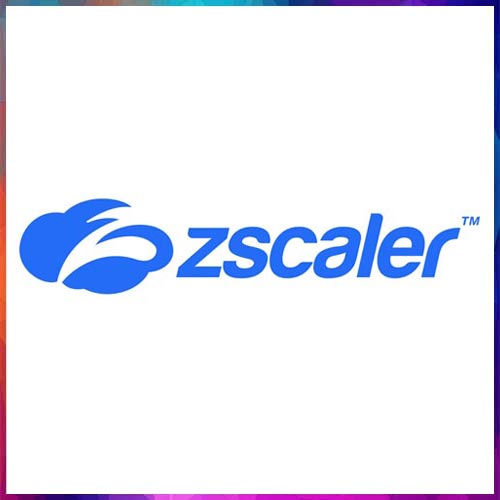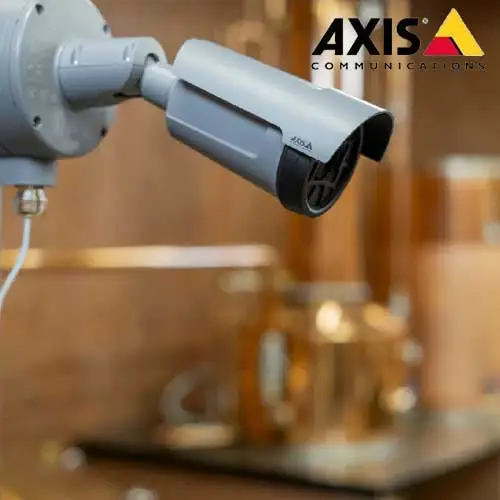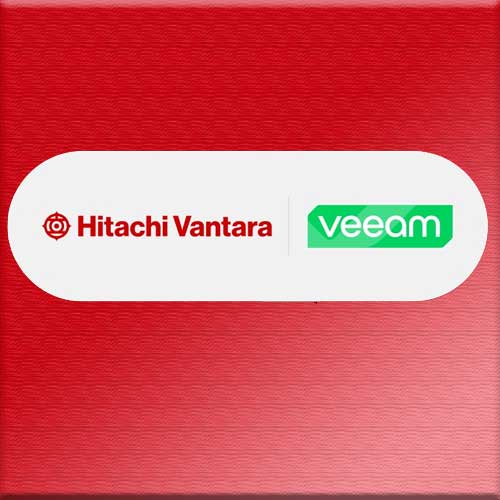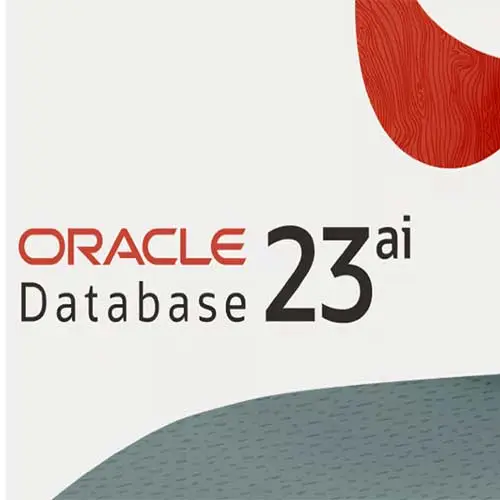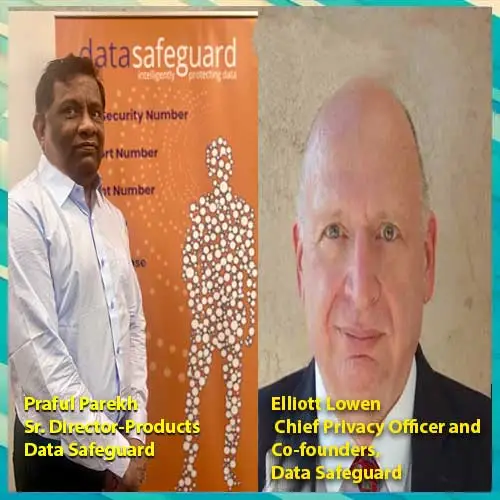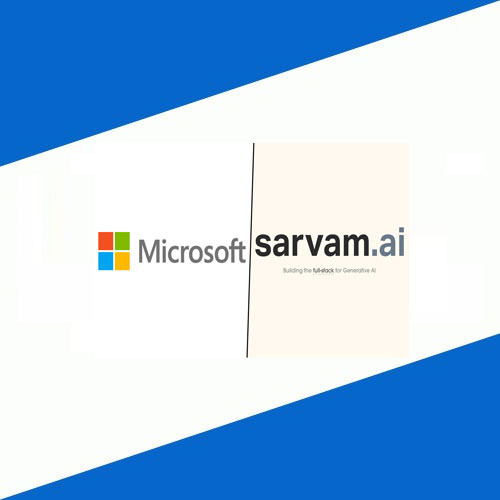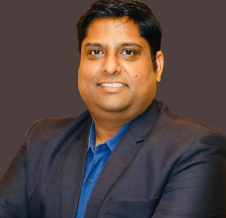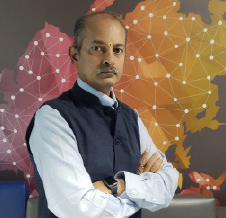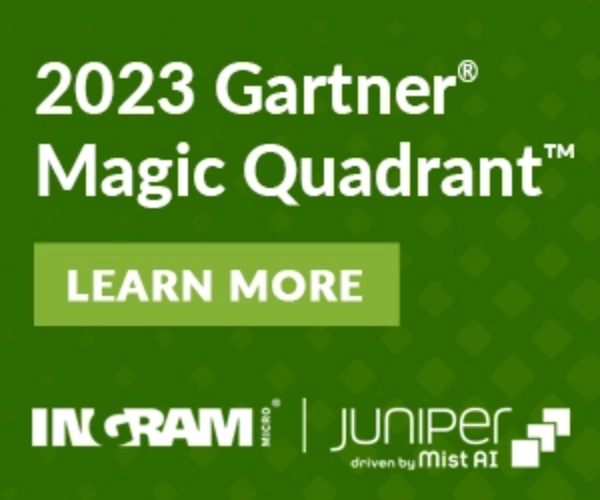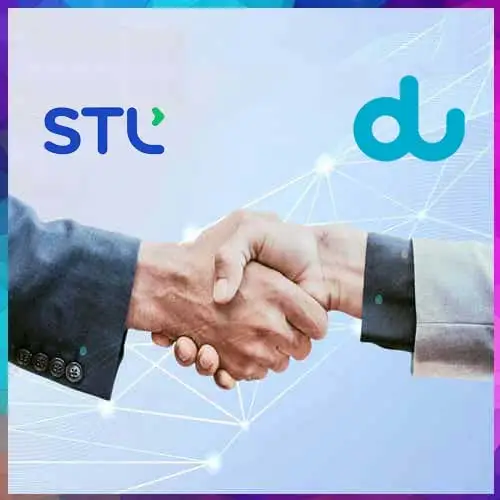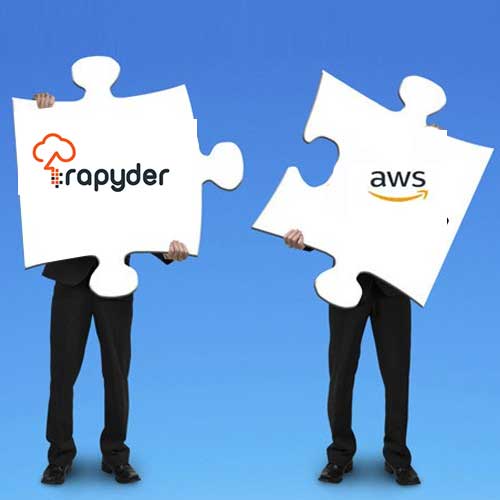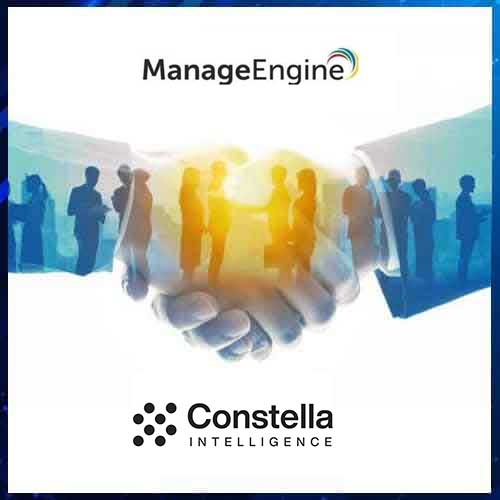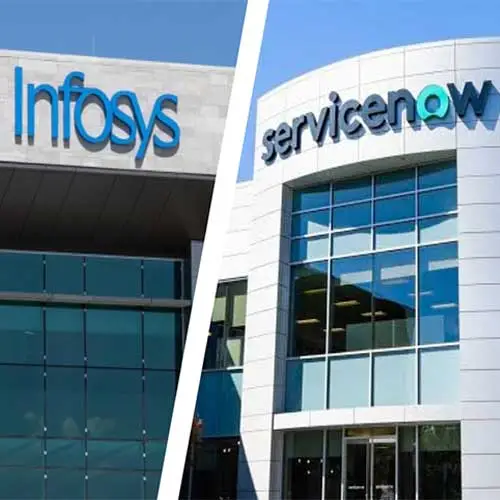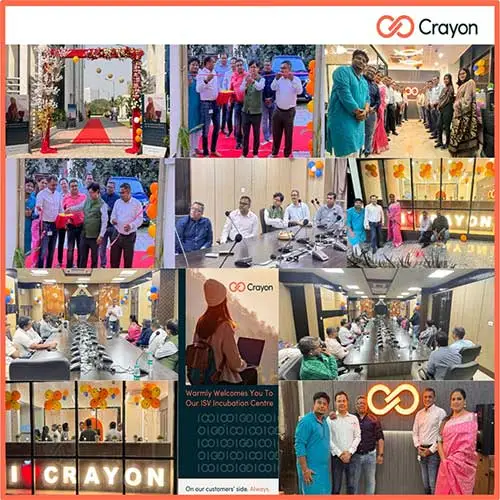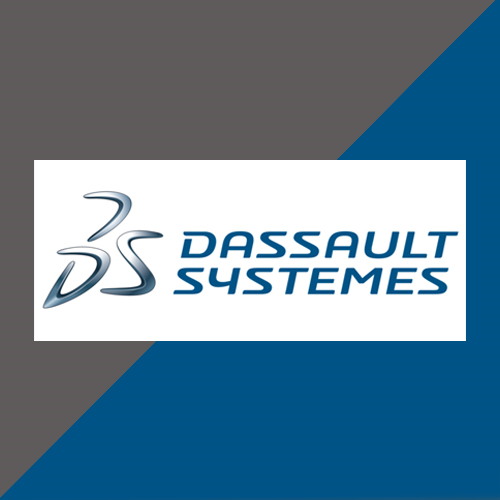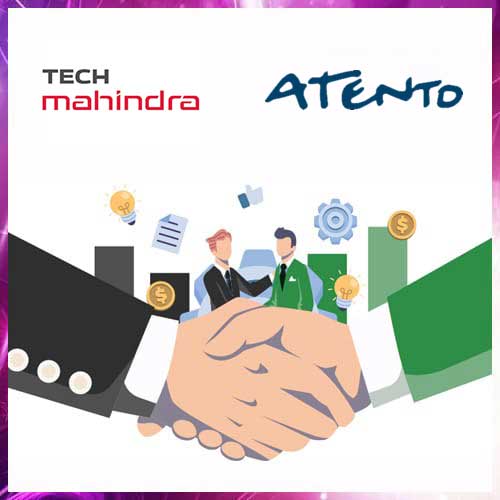Dell Technologies witnesses India as its growth trajectory
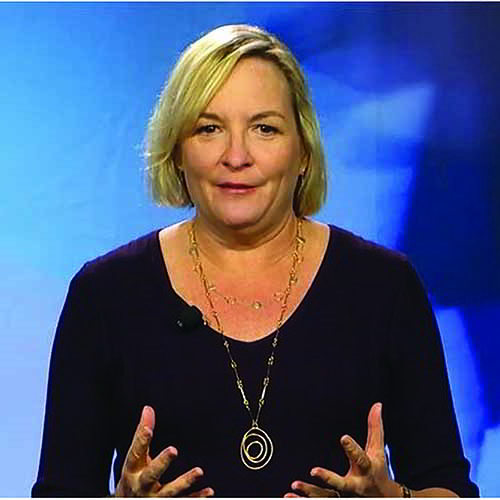
In a chat with VARINDIA, Joyce Mullen, President, Global Channel, OEM & IoT, Dell Technologies, Ng Tian Beng, Dell EMC Senior Vice President, APJ Channels and Anil Sethi, Vice President and General Manager-Channels, Dell India discuss about the growth of the company in fiscal 2019, partner initiatives, strategy and balance between direct and partner business, DFC and many more
In the fiscal 2019, Dell Technologies has added over $ 11 billion in revenue on the top line and gained its share in all the major categories. The company is attributing the credit to a couple of things - one of them is the company’s presence in the India market in terms of investment and commitment that customers are doing around digital transformation.
Along with Dell, its partners are also doing well. The growth is also credited to the combination of Dell and EMC which has fortified the product portfolio. Moreover, the robust channel community is like a cherry on the icing, as they represented the products and solutions, and for that same period the company clocked $50 billion in orders in the channel which is obviously more than half of the total and was growing faster than the total.
“We are excited about the 24 consecutive quarters of share growth in our PC business, the incredible server momentum that we have seen and also the growth in storage for four quarters,” says Joyce Mullen.
Elaborating on the APJ market, Ng Tian Beng says, “In APJ, we grew our business even quicker than the global averages and have been making strong progress. The Channel business specifically grew quicker than our overall business which is a good sign and that means channel partners are giving us their vote of confidence. In India, we are happy about our channel business growth in India; it is actually one of the largest channel regions for us in APJ. I think a lot of our partners are really happy working with us. We call it the sort of net promoters score where we do a survey of all our partners every year. In fact, India has one of the highest scores in this region.”
Partner initiatives
Dell Technologies has taken three initiatives for the betterment of the partner community, Joyce explains.
“The three strategic initiatives that we have laid out a year ago for our partners remain unchanged. The first and foremost is making it easier to do business with us. Second is helping our partners transact and engage across the family of businesses in Dell Technologies. Third, helping our partners embrace and monetize new technologies. The most important thing is, I think our relationship is of long term and we still have a long way to go, but we are starting to see lots and lots of interest in AI and machine learning and augmented reality and IoT, etc. So we have a lot more to learn about those markets,” she says.
Strategy
Dell Technologies has invested a lot of money into R&D and the company is committed towards innovation. The team is keeping a track of the market to understand technologies by leveraging the technological expertise of the Dell Technology family. The company will continue to invest in skill development, talents etc.
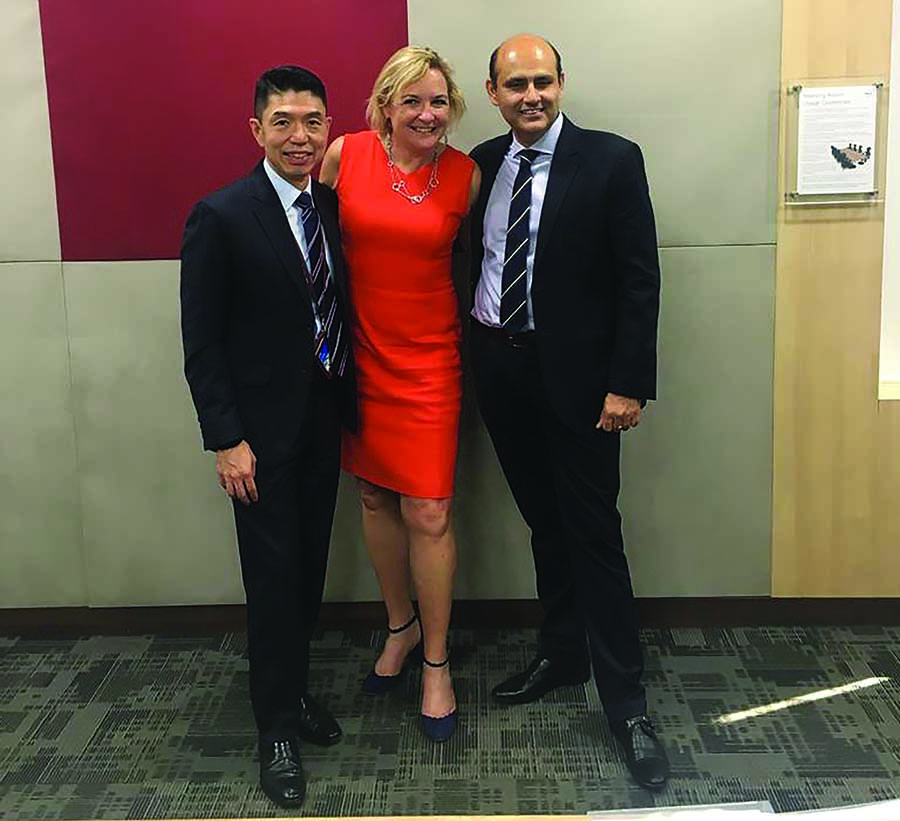
“For the last three years, we have spent over $ 12½ billion on our R&D. So, we are very much committed towards innovation. We have a very robust R&D budget, we also have a Dell Technology ventures team which is keeping an eye on the market and understanding the technologies of today and tomorrow. There is a tremendous opportunity for partners. If you think about the kind of complexity of the servers, and how they are changed to support AI etc., or the need to manage data in a very different way - the advantage is we have so much scale that we can spend that kind of money and can also invest into newer technologies that are coming into the market.
We also believe it as a highly advantaged sort of market strategy that we are going to continue to invest in. So, we have the world’s biggest direct sales force and have an incredible channel community. We will continue to invest in skills, and development and coverage and all those sort of things. We will always be working on improving efficiency, skill and talents.
The third big area is around figuring out how to optimize the scenes. It is very similar to our second strategy initiative which is helping our partners to transact and engage across the Dell Technology family of businesses. VMware, SecureWorks, Pivotal Software, Dell EMC in silos are all strong but how to create the opportunities in the seams and make those things work together, so that we are leveraging each other’s strength in a much more efficient way. It is a three trillion dollar market and we are at $92 billion,” reveals Joyce.
Balance between Direct and Partner Business
Talking about the balance between direct and partner business, Anil Sethi says, “It has always been very clear at Dell that both businesses are equally important. So the objective is both to grow. There could be sometimes, so one is to grow exactly in the same ratio and then we just ensure that we have very well segmented accounts and RTMs are clearly defined, they say in accounts we got to go it with this RTMs vis-à-vis these RTMs. We have gone to an extent where we have given log incumbency we have created, the storage accounts will always be with the partners, we will never go direct. You can call it account protection. So I think partners continue to engage with us in a profitable way and that’s why we see today we are ranked No 1 in many categories, because I think that’s one reason. We are super clear the way we deal with registration process. Second, where does this whole thing come up? We have a defined market after that there is a bottom of pyramid market and this is SB you can call it, our other markets. I believe in that one thing that between success and the failure there is only thing which works is hungers. It matters both sides, if you are successful you get your hunger, if failed you will be more hunger to be successful. We are super hungry people. So we have a capacity build up and no other company has it. We are clearly hungry, and we don't want to leave any piece of the market because our portfolio is right from the edge to core. So, we have this whole range of CSG Client portfolio, from Vostro to Lati, the entire Notebook range. We can address entire segment of the market.”
DELL Financial Services
While explaining about the financial facilities given by the company, Anil Sethi says, “We are the only company in the country which gives credit lines to the partner directly other than distributors. Partners include SIs, Systematic Integrators or our metal partners. In APJ, the company has more than 20,000 channel partners of which 600 have been elevated to a three-tiered structure of metal partners. Metal partners have contributed 70% in Dell EMC’s India business, while Strategic partners, a sub-set of the metal partners contribute 45%. We have given extended credit lines. It runs into some couple of hundred million which we have created as credit lines all put together. This led to the trust.”
He further adds, “We don’t do it through DELL Financial Services, we have financing capital solutions which we have created through other organizations. DFC is operating but we partner with some of them and other companies locally because it is not registered in the country and also due to RBI rules. I think 20% credit lines have been increasing for the last three years since we started. Today, for example, if somebody has $ 40 million dollar project, we can get it done tomorrow or day after tomorrow. So that’s the way we have created it.”
Shadow Channel v/s Traditional Channel
These days Shadow Channel is playing an important role in Digital cities. It is on the growth side and will play a critical role in all big projects, but the traditional IT partner will also play an important part as they have the delivery capability and execution capability.
“Shadow Channel definitely would come up and play a role especially in Digital cities so they are on the side of growth, but is IT going to be the traditional business? The answer is no. But they are going to be coming up into all these big projects and IT would remain depending upon the percentage, it could be ‘x’ amount of percentage in those projects. In the next couple of years it is going play a very important role. But most of it is going to get fulfilled through these traditional partners itself because while they have the financial capability they don't have a delivery capability or execution capability. So, they are taking up project management role and getting the pieces together and I gave one guy’s responsibility to second guy, so you will see IT traditional partner will play an important role,” highlights Anil Sethi.
Cloud and Traditional IT hardware business
Cloud is definitely gaining grounds these day but every organizations are converging it. Earlier we used to think cloud is going to survive exclusively but at present, organizations are opting for a converged model of both hybrid cloud and on-premise.
“We heard IBM say it’s going to go multi cloud. We heard AWS say it’s kind of multi cloud, Google is saying that, and everybody is saying that. So I think we are now converged on a position, of course I’m sure there is some variation in how much of each but everybody is saying that the path forward is going to be a combination of these,” says Joyce.
Elaborating on the same Ng Tian Beng says, “I think in the past people thought that it will be mutually exclusive, but obviously now and actually we were one of the first, in the industry to keep saying that it will not be mutually exclusive, it will be a Hybrid Cloud. We have been advocating hybrid now for quite a few years. It is great to see now that it is happening in a quite big way. Hybrid Cloud would also continue to grow but the on-premise will grow rapidly. In fact, one of the trends that we have been seeing is that a lot of our customers who previously moved aggressively to the public cloud were actually moving their workloads back to on-premise, right.”
See What’s Next in Tech With the Fast Forward Newsletter
Tweets From @varindiamag
Nothing to see here - yet
When they Tweet, their Tweets will show up here.





